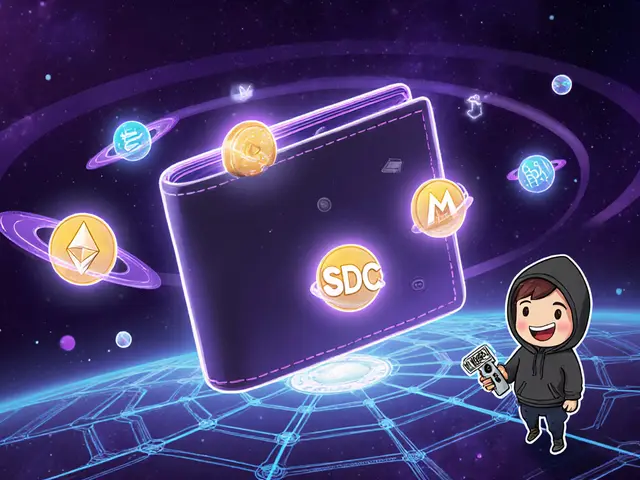AI Crypto: Where Artificial Intelligence Meets Blockchain
When diving into AI crypto, the fusion of artificial intelligence techniques with blockchain technology to create smarter finance tools. Also known as AI‑enabled crypto, it leverages Artificial Intelligence, computer systems that can learn, reason, and act autonomously on top of Blockchain, a decentralized ledger that records transactions securely and transparently. This combination opens doors for everything from predictive trading to automated compliance.
One of the core ideas in AI crypto is that it encompasses AI‑driven trading bots. These bots ingest on‑chain data, price feeds, and social sentiment, then use machine‑learning models to spot patterns faster than a human could. The result? More accurate entry points, dynamic risk management, and the ability to execute trades 24/7 without fatigue. In practice, traders feed historical price series into neural networks, train them to forecast short‑term moves, and let the bot act on live markets.
But AI crypto requires robust data pipelines. Quality data is the lifeblood of any model; dirty or delayed feeds produce junk predictions. Platforms therefore build APIs that pull transaction volumes, wallet balances, and smart‑contract events in real time. They also use off‑chain sources like news headlines and Reddit threads, normalizing everything into a common format. This data‑first approach ensures the AI layer has a reliable foundation to generate insights.
Smart contracts play a pivotal role, acting as the Smart Contracts, self‑executing code on a blockchain that enforces rules without intermediaries that power AI crypto applications. For example, a decentralized prediction market can lock in a model’s forecast as a contract, automatically rewarding users if the outcome matches reality. This removes trust issues and lets developers monetize AI models directly on chain.
Regulation influences AI crypto development, especially as governments scrutinize both AI transparency and crypto compliance. The SEC’s recent guidance on algorithmic trading and the EU’s AI Act both shape how developers design models, disclose data sources, and protect user privacy. Staying compliant means embedding audit trails, model explainability, and KYC checks into the AI‑crypto stack, turning legal risk into a competitive advantage.
Beyond trading, AI crypto fuels DeFi governance, risk scoring, and automated asset allocation. Imagine a DAO that continuously rebalances its treasury based on AI‑predicted market stress, or a lending protocol that adjusts interest rates on the fly using real‑time risk models. These use‑cases illustrate why the ecosystem is moving toward smarter, self‑optimizing finance.
Below you’ll find a curated set of articles that break down each of these areas—practical guides, market analysis, tokenomics deep‑dives, and regulatory updates—so you can start building or using AI crypto solutions with confidence.





